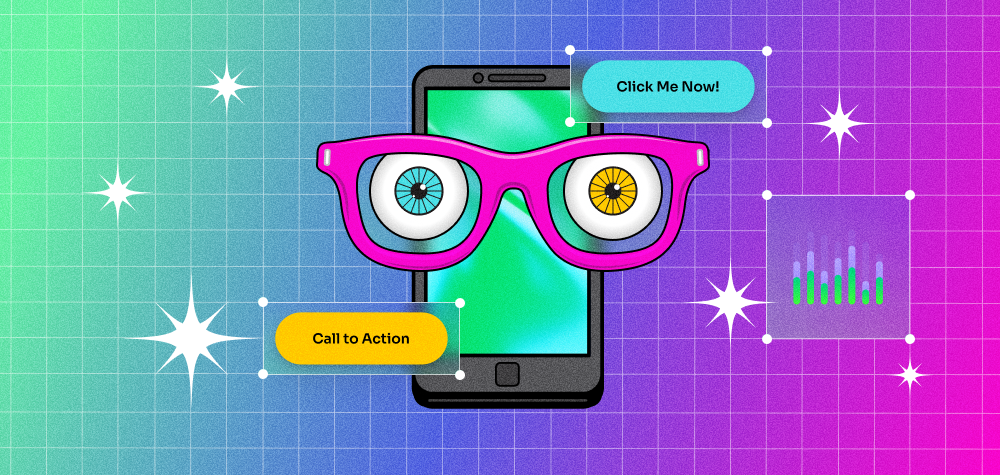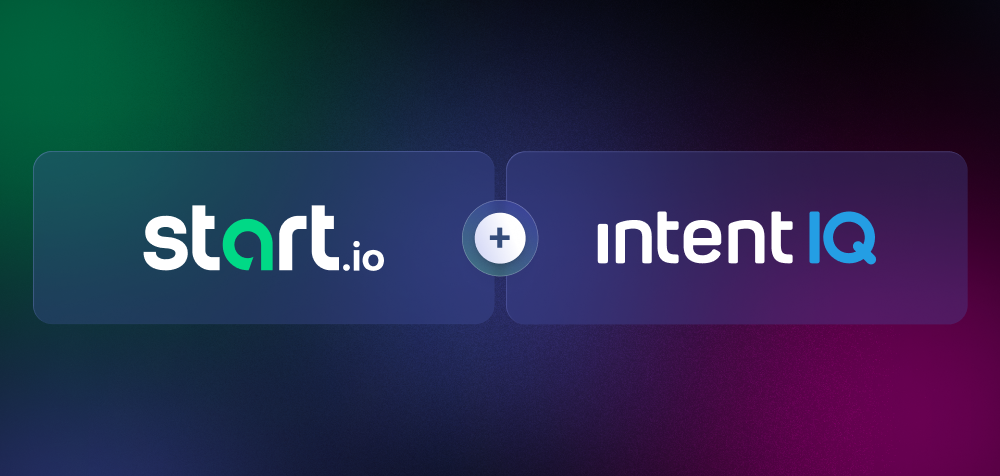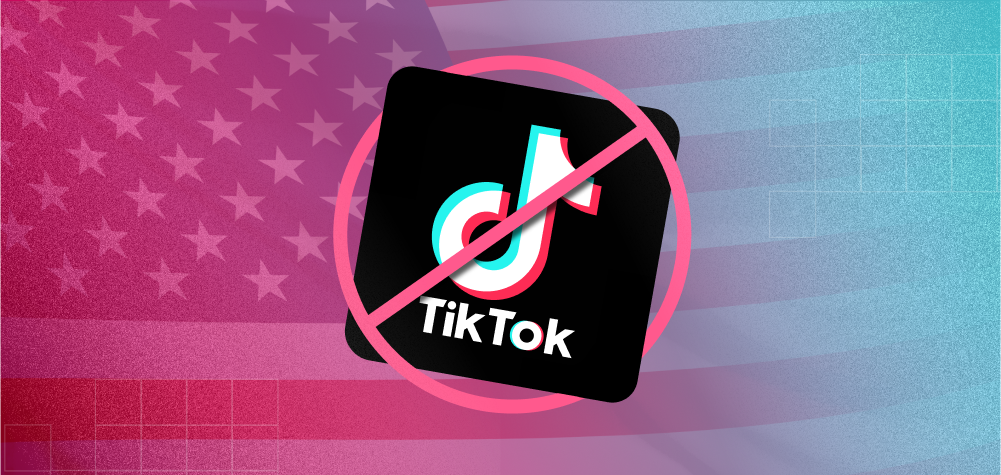Digital marketers are discovering a new and enhanced way to evaluate the success of ad campaigns: attention metrics.
With so much competition for viewer mindshare, marketers need a more nuanced approach to understanding how much attention their ads are really getting. Campaign tracking and optimization can no longer rely on simple impressions and click-through rates.
That’s where attention metrics come into the picture.
In contrast to viewability, which measures the potential of ads to be seen and engaged with, attention metrics evaluate actual viewings of ads. Parameters measured can include the size and design of the ad creative, eye tracking, time of day viewed, viewing frequency across devices, page clutter and more. By taking into account a range of data-based parameters together, attention metrics can determine with finer accuracy to what extent an ad or campaign is capturing the attention of the target audience.
As attention metrics continue to gain prominence in the digital and mobile marketing industry, it’s important to understand how they can influence media buying decisions, across four main areas: media planning, setting campaign goals, ad targeting and optimization, and campaign measurement. Let’s take a look at each in turn:
Media Planning
Traditional media planning relies on standard tactics and strategies, including viewability, geo targeting, audience demographics and reach estimation, typically measured via impressions and clicks. Attention metrics provide an additional and thorough evaluation that can be used for media planning and forecasting, adjusting the typical planning strategies with more accurate attention-based parameters.
Setting Campaign Goals
Attention metrics open up a new world of KPIs that focus on attention-based objectives, rather than conventional metrics such as CTR, impressions and viewability. For example, Attentive CPM (aCPM), is an attention-based metric commonly used in CTV campaigns to measure the “eyes-on-screen” impact of ads. These kinds of metrics are making their way into mobile marketing too, and will steer advertisers toward KPIs that reflect audience attention and impact campaign creation and bidding strategies to meet those attention-based KPIs.
Ad Targeting & Optimization
By leveraging attention-measurement platforms, marketers can pinpoint campaigns and ads that are getting high attention rates, and reduce placements for ads that are not performing well for attention. Ads that gain high attention from particular audiences can be optimized and retargeted to improve future results. Attention insights such as ad frequency, app filters, ad position and more will increasingly impact audience targeting and optimization strategies as attention-related KPIs become more commonplace in the industry.
Campaign Measurement
Measuring attention for specific ads and audiences will help optimize future ads and determine the best channels and use of budgets to get the best ROI from digital campaigns. Several companies, such as Adelaide, DoubleVerify, Amplified Intelligence and others offer attention metric solutions that can be integrated with ad platforms and campaign activity to harness attention metrics for campaign success. Explore Start.io Audiences and see how you can integrate Attention Metrics to maximally impact your mobile campaigns.



